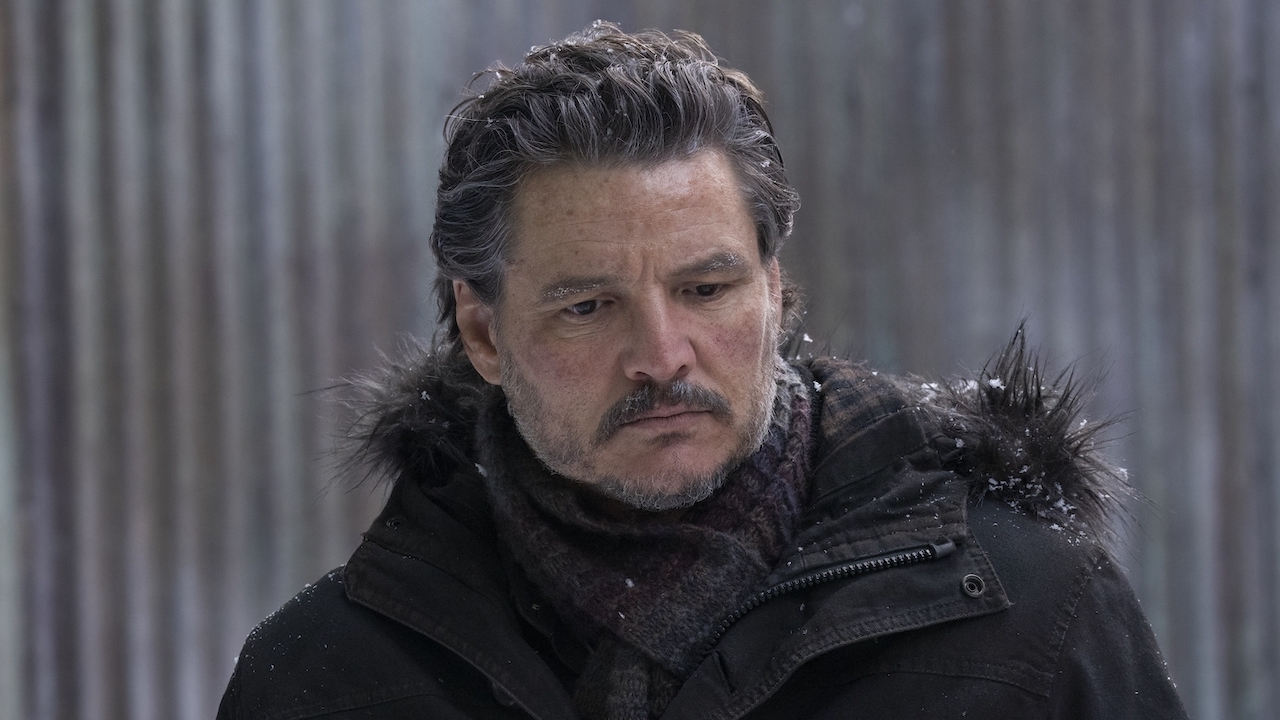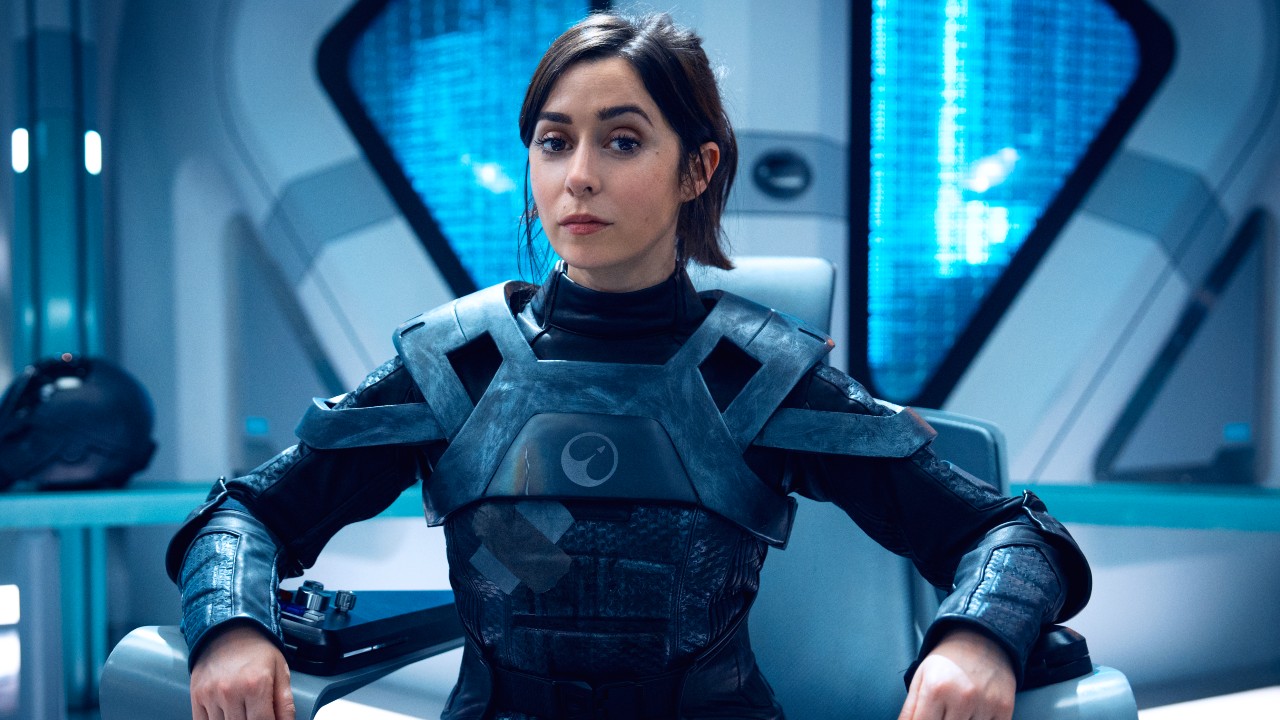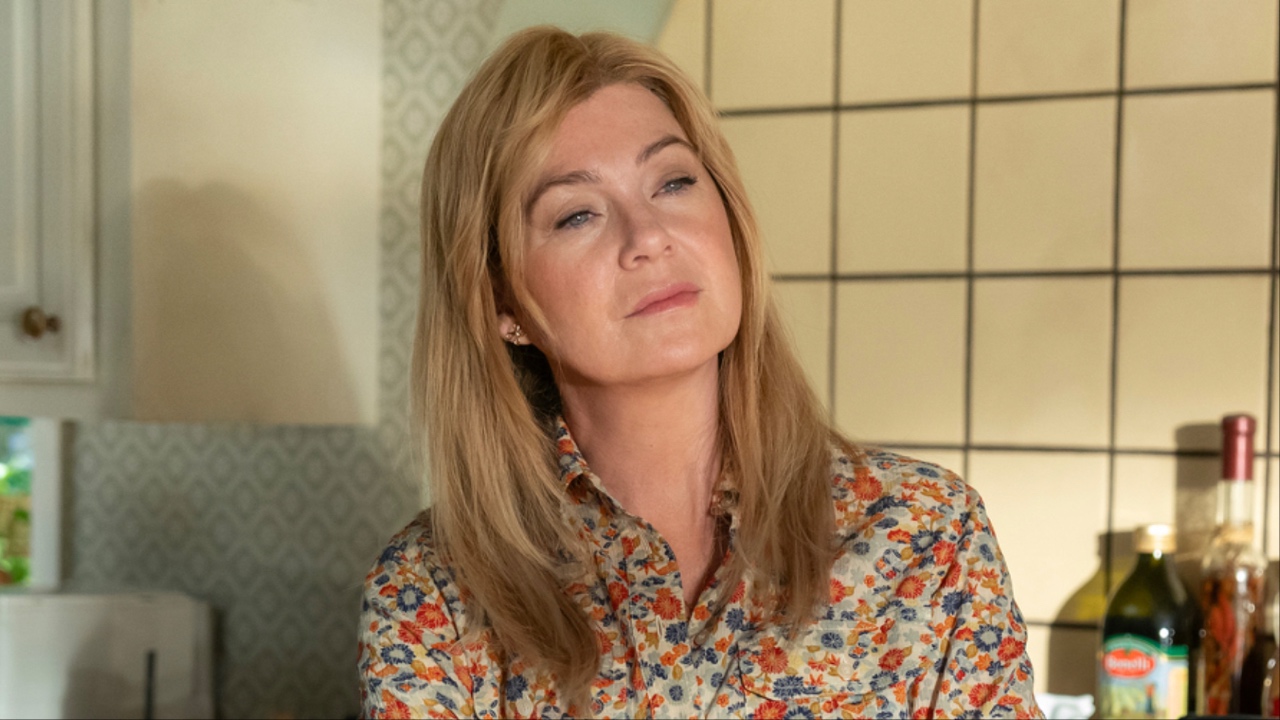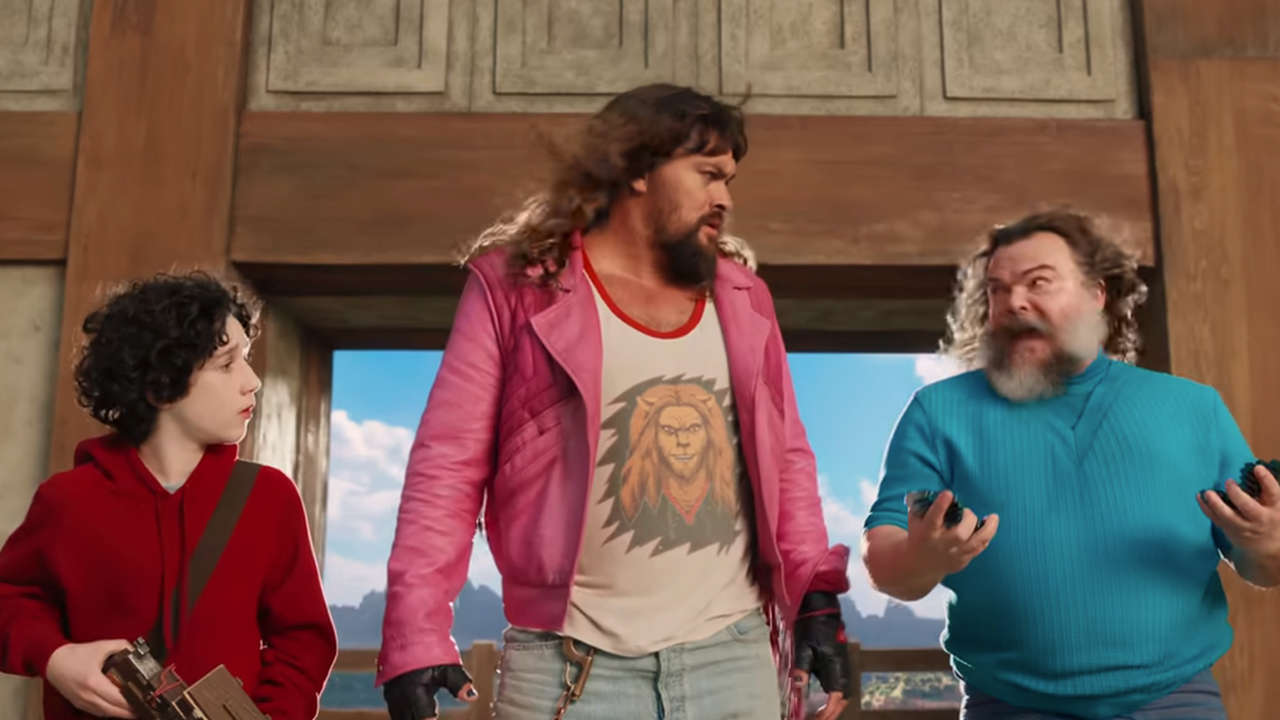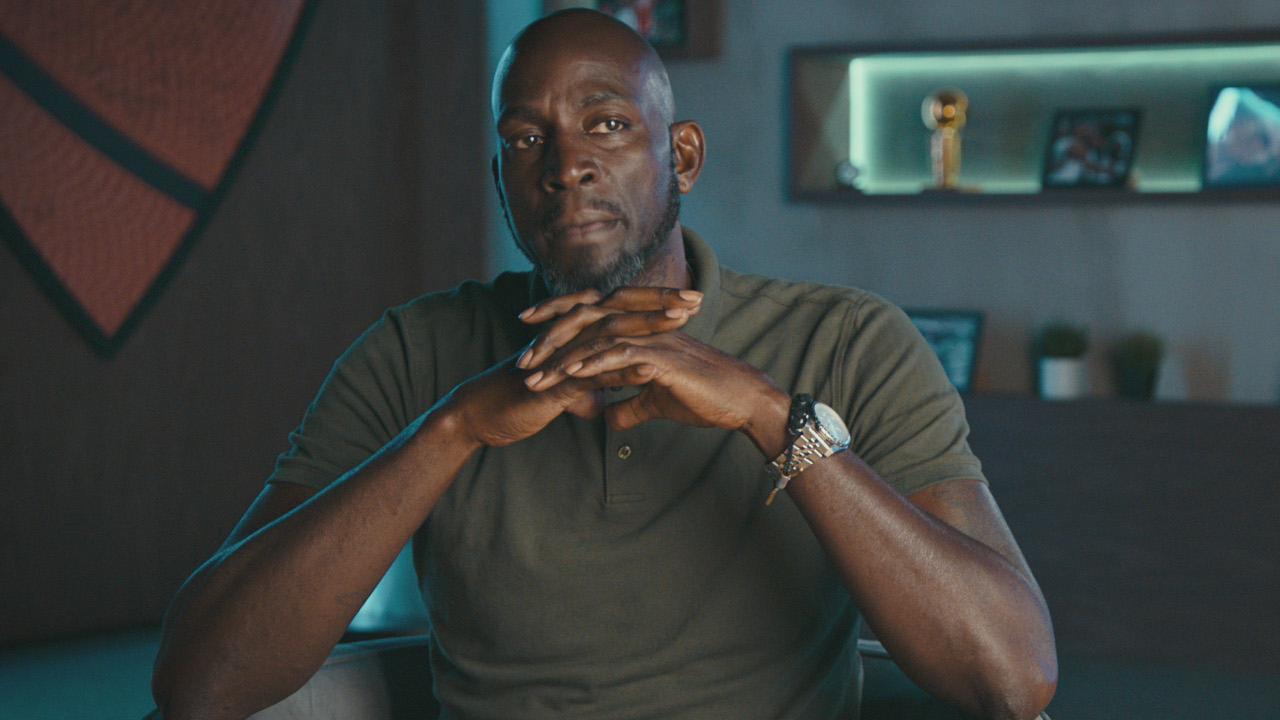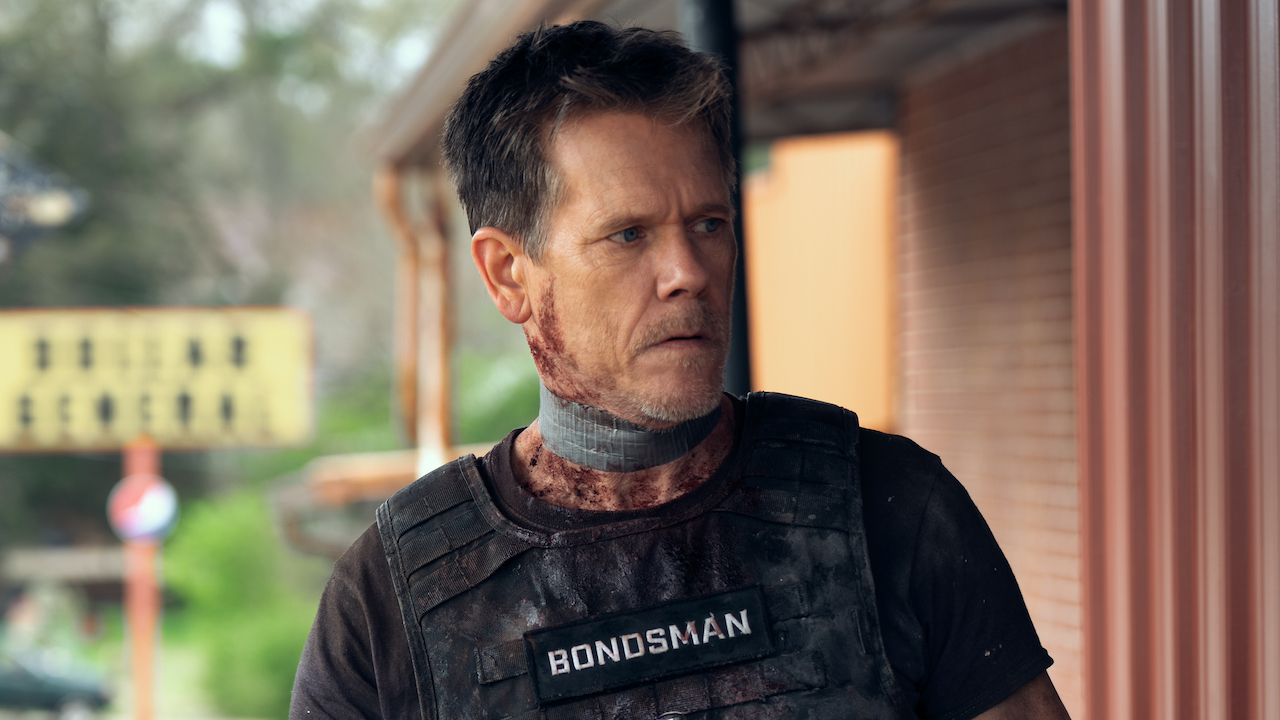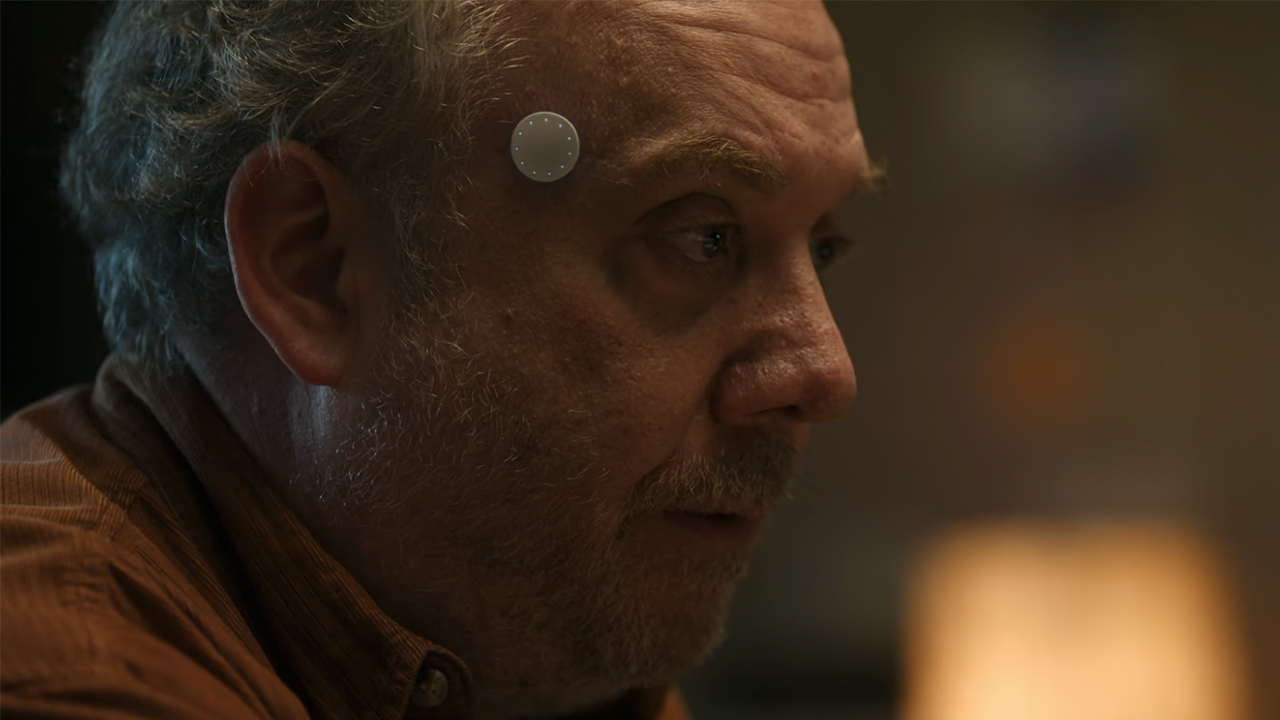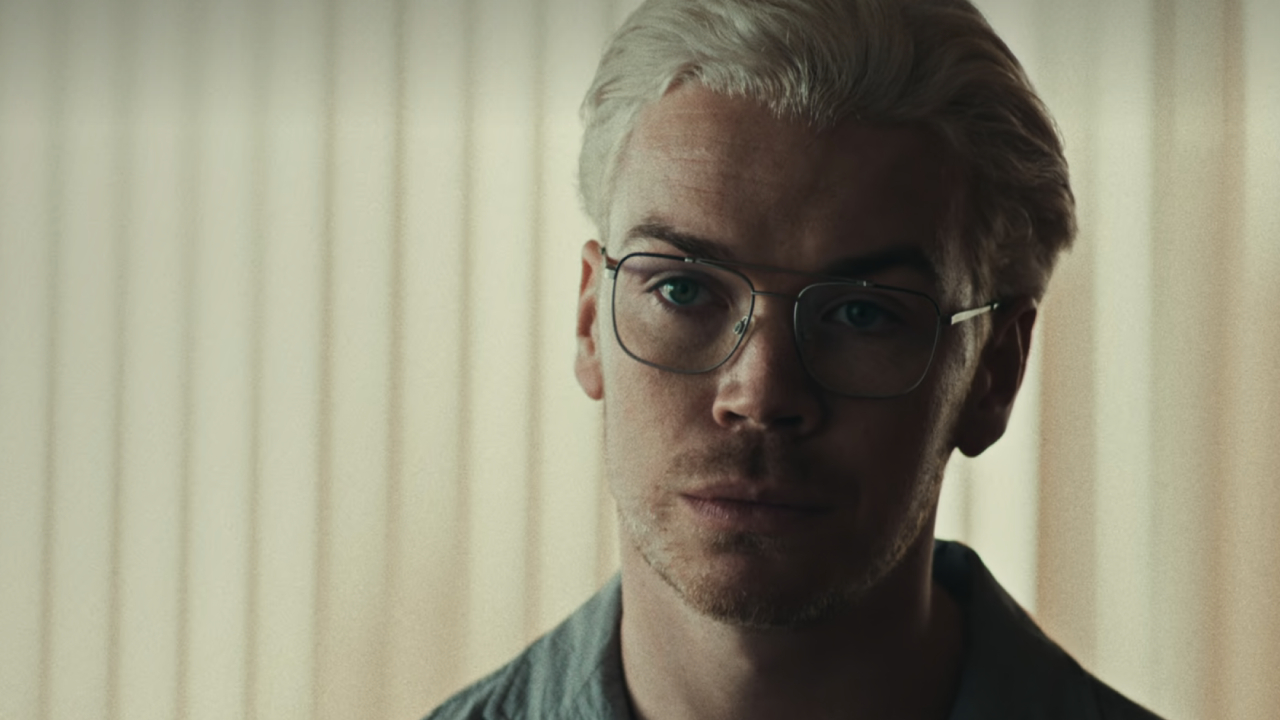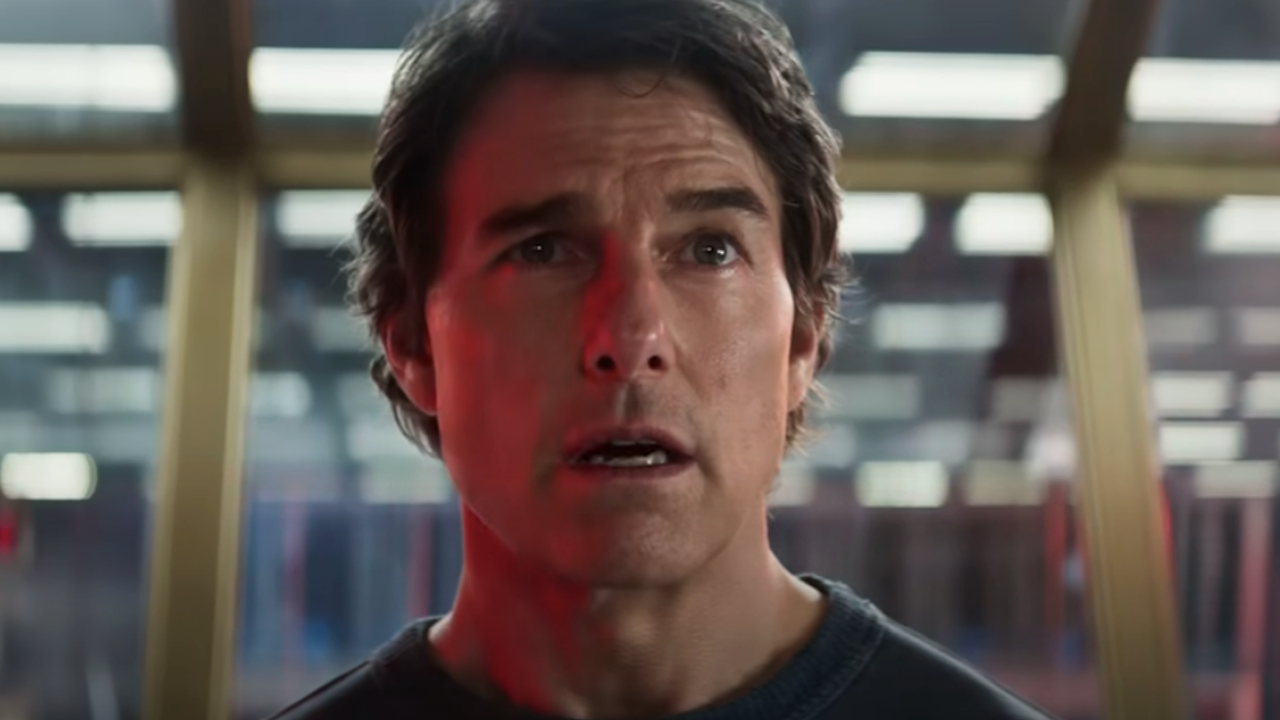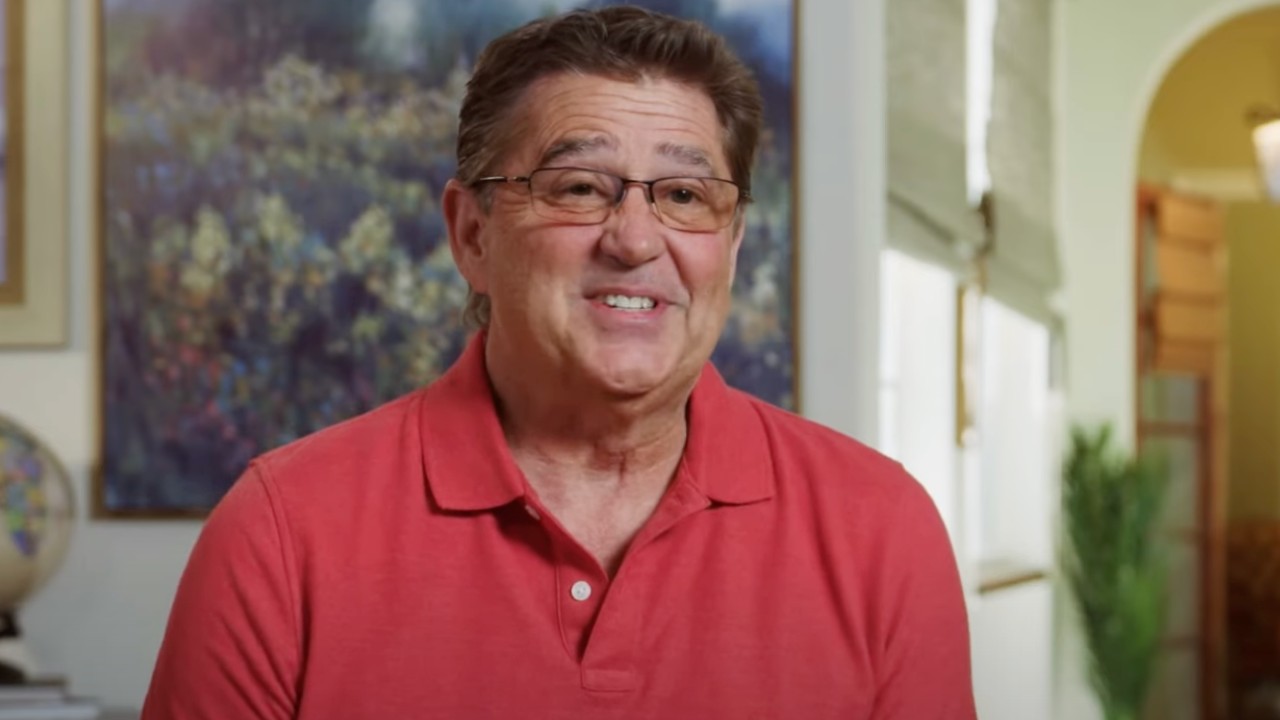Who Framed Roger Rabbit: 10 Behind-The-Scenes Facts About The Movie
We reveal all the best secrets of Toontown.
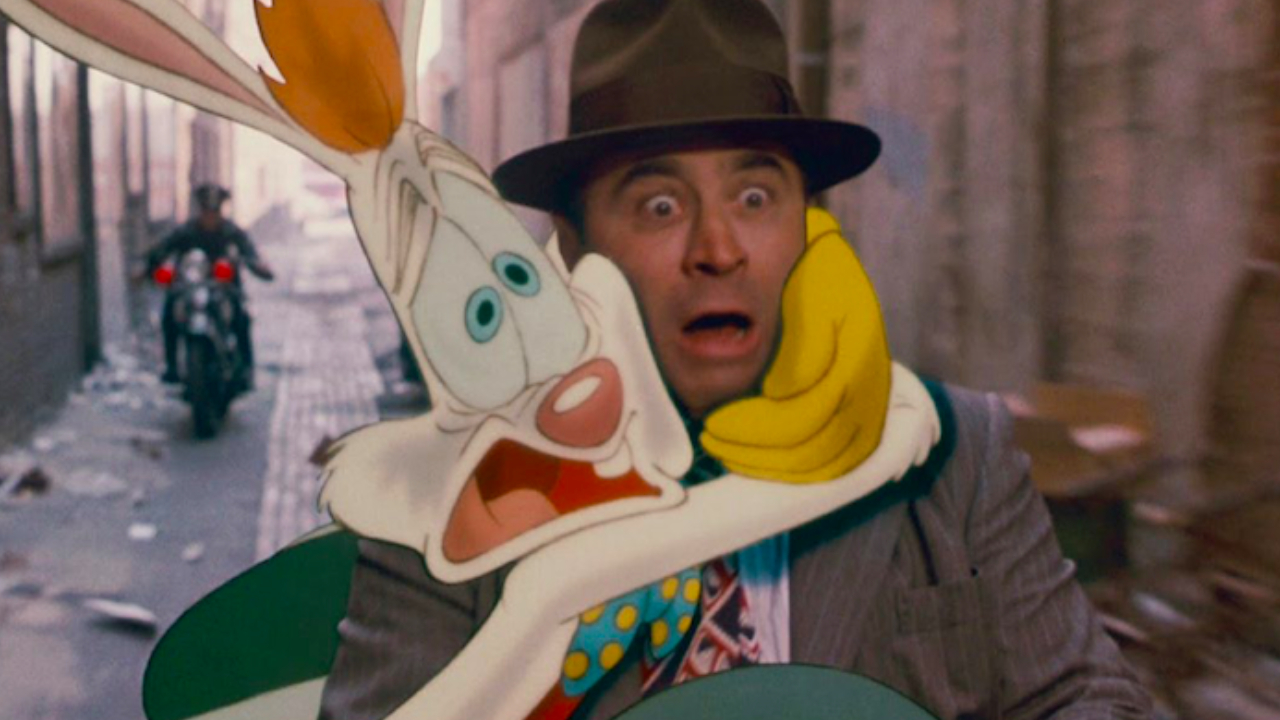
Putting animated characters in a live-action setting (and vice versa) has practically become a genre all its own by this point, with Space Jam and other successful examples, but 1988’s Who Framed Roger Rabbit was one of the first films to use that magic trick for a full movie. From producer Steven Spielberg and director Robert Zemeckis, the Academy Award-winning box office hit (and one of the best movies on Amazon Prime at the moment) follows a private eye (Bob Hoskins) who must help a goofy rabbit (Charles Fleischer) accused of murder clear his name in an alternate 1947, in which humans and "Toons" co-exist.
Bringing this inventive concept (inspired by Gary K. Wolf’s novel Who Censored Roger Rabbit?) to the big screen was bold and seemingly impossible at the time, but one way the filmmakers proved they could achieve it is the first secret we reveal in the following behind the scenes facts.
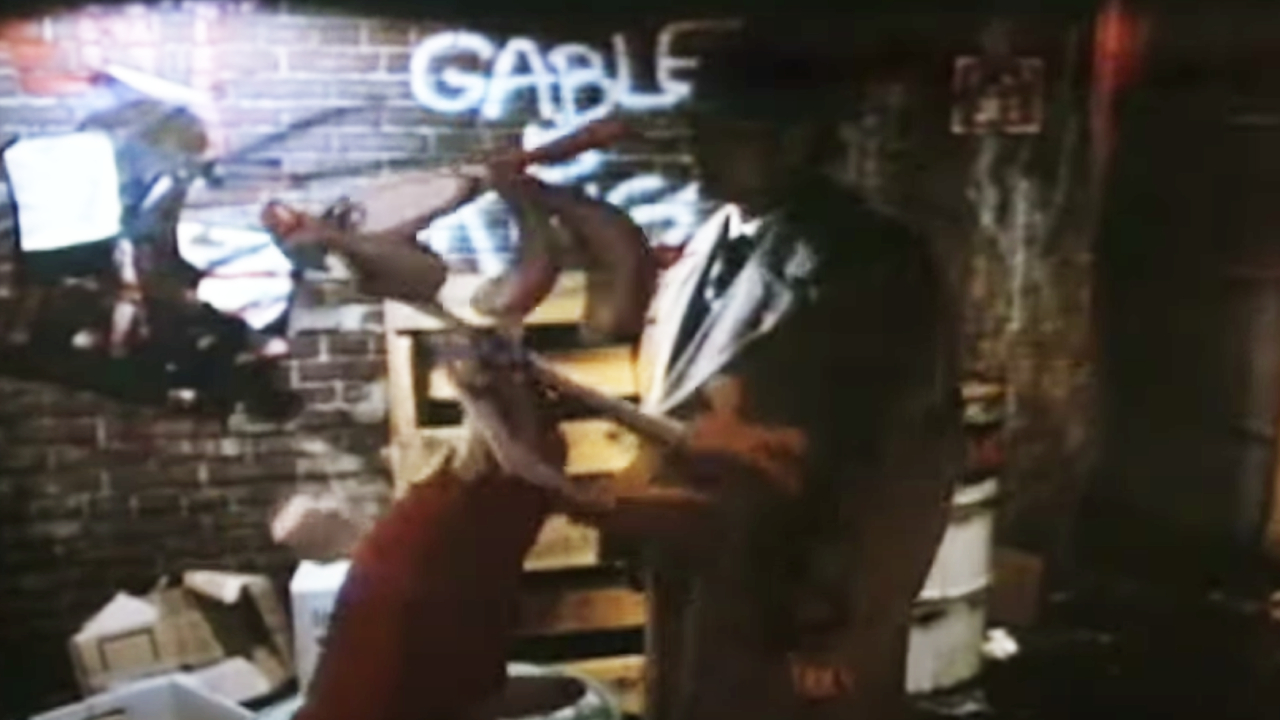
A Test Sequence Was Shot To Prove That Seamlessly Incorporating Toons Into Live-Action Was Possible
The secret to making a groundbreaking movie like Who Framed Roger Rabbit was to break all the rules, as director of photography Dean Cundey (who earned his sole Oscar nomination for his cinematography on Roger Rabbit) recalled in an oral history for Gizmodo. He, Robert Zemeckis, and lead animator Richard Williams came up with the idea of filming a short sequence featuring the Eddie and Roger characters that used all the tricks they had been warned to avoid attempting.
The magical sight of a clumsy rabbit who was never actually there knocking over three-dimensional garbage cans in what appeared to be one take convinced Disney to go forward with the project, which proved to be just as expensive and time consuming as they had anticipated.
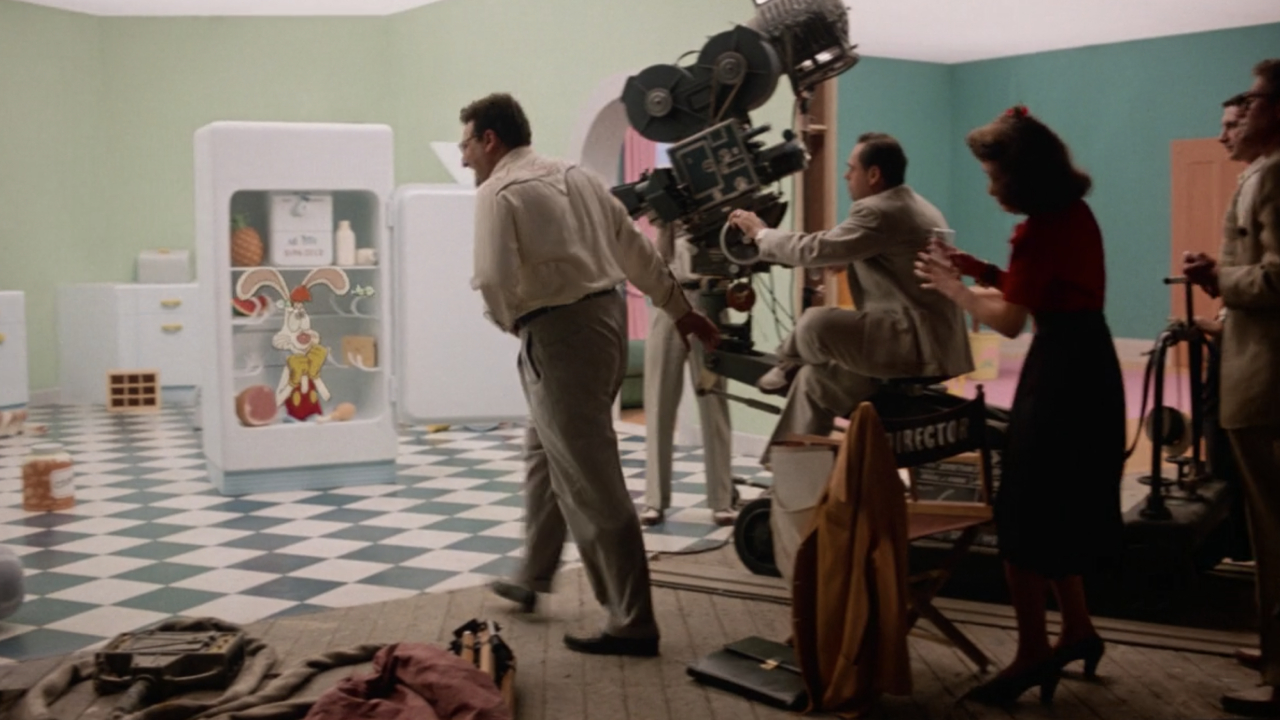
Who Framed Roger Rabbit Was Shot Practically Before Toons Were Added In
Director Robert Zemeckis decided that the only way to make a live-action world in which animated characters also exist believable was to film Who Framed Roger Rabbit as a live-action movie first and let the animators take over with implementing Toons later.
As seen on the 2003 making-of doc Behind the Ears (which is available to stream on Disney+), this meant that principal photography was an unusually meticulous process which involved using rubber dummies and complex animatronics as stand-ins for the animated characters. Cast members were also put through mime training to learn how to better interact with objects and people that were not really there.
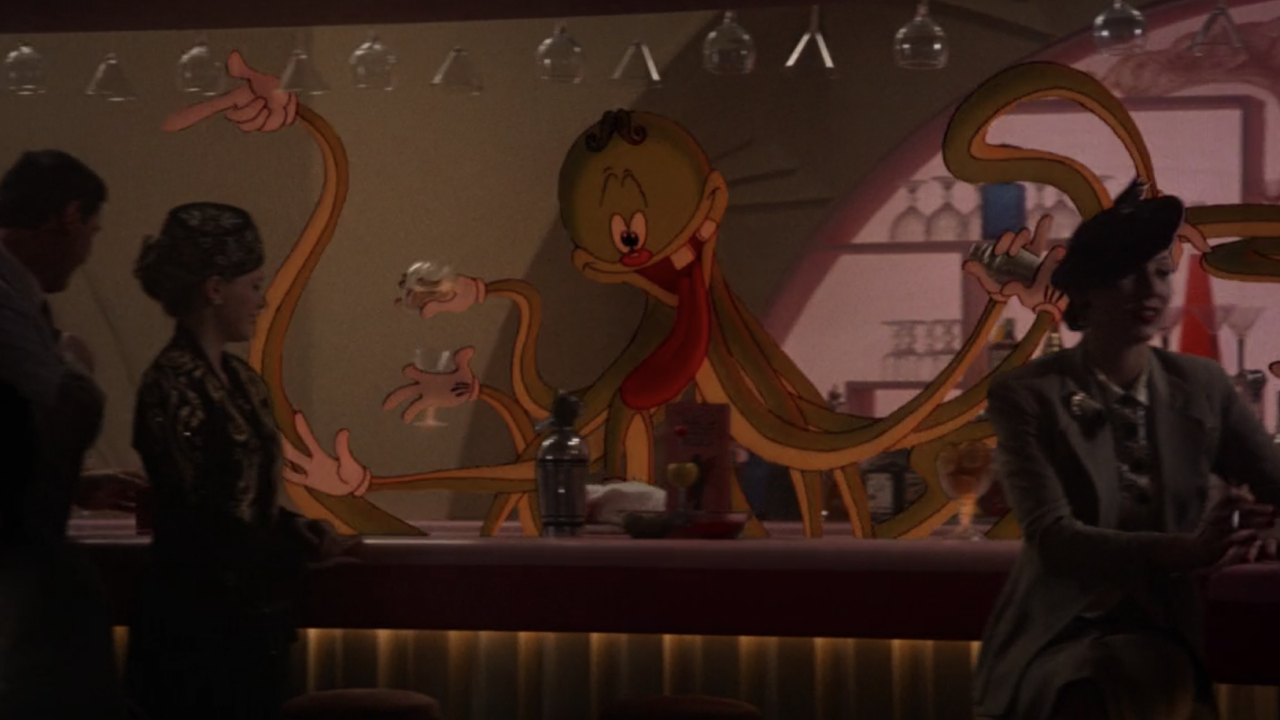
Puppeteers Were Brought In To Manipulate Objects From Above
Of course, there are also many shots from Who Framed Roger Rabbit in which some of the animated characters are seen interacting with live-action objects, which had to be captured on camera in order to achieve the illusion properly.
CINEMABLEND NEWSLETTER
Your Daily Blend of Entertainment News
According to Behind the Ears, a team of skilled puppeteers, led by David Alan Barclay (previously known for bringing Jabba the Hutt to life in Star Wars: Return of the Jedi), would handle that task beautifully. While standing on beams built above the set, the puppeteers controlled objects such as drinking glasses (like in the Ink and Paint Club sequence) or a revolver pistol with strings that were removed later.
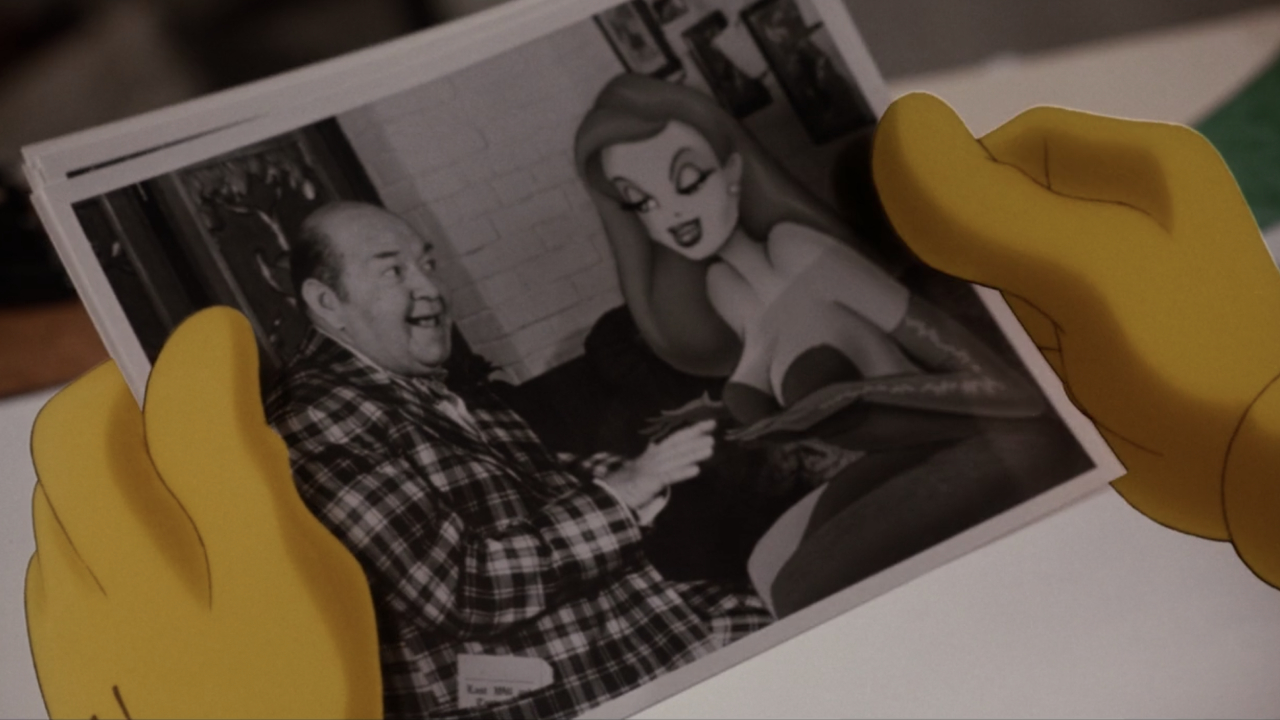
Animators Were Given Printed Still Frames As Reference When Drawing Toon Elements
When the time came to bring Roger Rabbit and other Toons into the live-action world of Who Framed Roger Rabbit, the animators were equipped with black and white prints of still frames from the movie’s principal photography, which they would place underneath the paper they were drawing the animated elements onto.
Behind the Ears shows that the drawings were then photographed one frame at a time (as per usual with hand-drawn animation) and sent to legendary visual effects company Industrial Light & Magic to composite the animated elements into the live-action shots. The meandering process involved in implementing all 55 minutes of animated shots into the 104-minute movie resulted in a post-production process that lasted about 14 months.
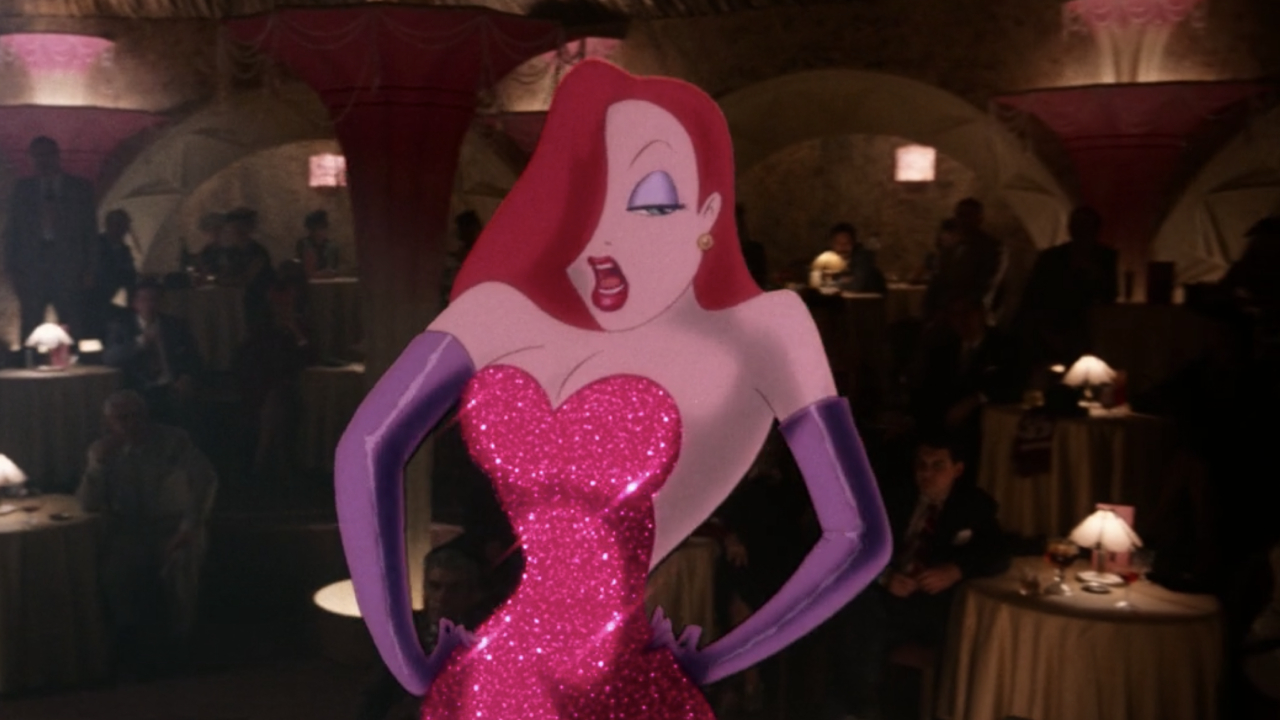
Animator Richard Williams Aimed To Make The Toons "2.5-Dimensional"
Earning a special Academy Award for his work on Who Framed Roger Rabbit was the film’s Canadian animation director, Richard Williams, who unfortunately passed away in 2019 at the age of 86. However, a year earlier, he was able to dish on his ideas of how to make the Toons appear especially life-like with what he described to The Wrap as "old stuff inserted into new stuff." He elaborates on this in the following quote:
You exaggerate and you invent. It’s the invention, especially when you’re looking at those old cartoons, they’re doing crazy stuff. That’s not realism. By doing it 2.5 dimensional, it looks like the old stuff, and the old stuff is inventive. So drawn animation, by its own nature, you have to invent.
By making these two-dimensional creatures "2.5-dimensional," as Richard Williams called it, Roger Rabbit and co. were able to retain the same look and feel of old school cartoons and still feel authentic in a three-dimensional world.
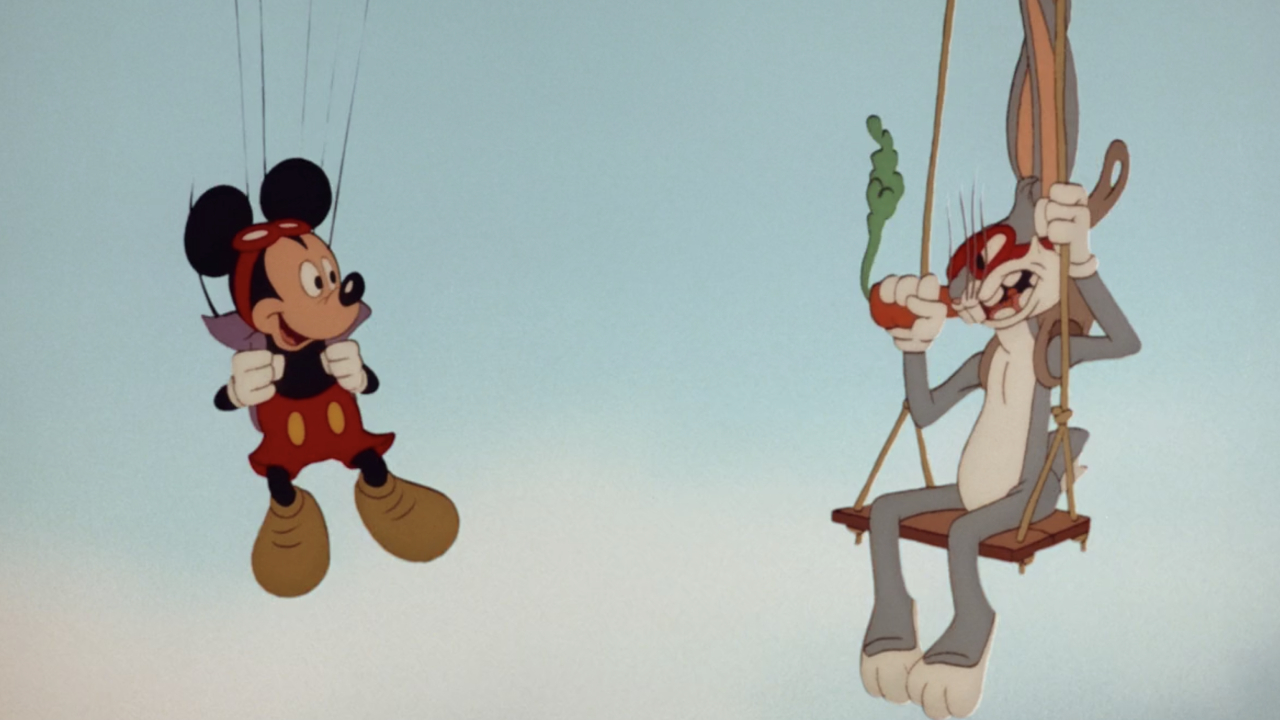
Looney Tunes Characters Were Required To Have As Much Screen Time as Disney Characters
Probably the most astonishing achievement that Who Framed Roger Rabbit is famous for (by today’s standards, especially) is managing to get a slew of established animated characters owned by different companies in one movie produced by the Disney affiliate, Touchstone.
A 2018 article published by The Hollywood Reporter reveals that producer Steven Spielberg was able to score the necessary permissions for just $5,000 per character, with Warner Bros. making one special request: that each of its iconic Looney Tunes would be given equal screen time as Disney staples. So, as it turns out, the very fitting pairings of Daffy Duck with Donald Duck and Bugs Bunny with Mickey Mouse in their respective scenes were legally motivated.
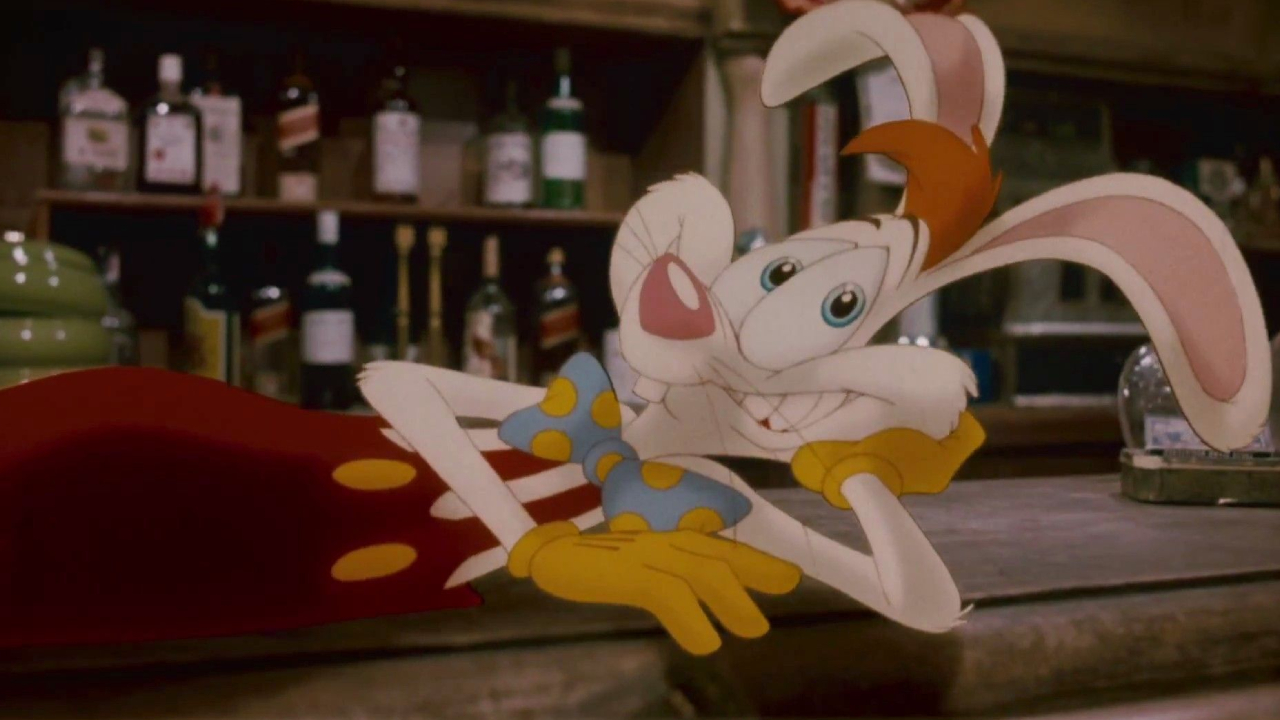
Charles Fleischer Insisted On Rehearsing In A Roger Rabbit Costume On Set
While Roger Rabbit is merely an animated character, his essence was very much alive on the physical movie set through the performance of actor Charles Fleischer. As behind-the-scenes footage from the Behind the Ears featurette reveals, all of the voice actors from the Who Framed Roger Rabbit cast were around to help give their characters an on-set presence, but the stand-up comedian (then best known from the A Nightmare on Elm Street cast) was the only one who insisted on showing up in costume.
While this was mainly a character building technique, Fleischer’s Roger Rabbit outfit had some onlookers at the studio commissary assuming this was how the character would appear on-camera and that the film was destined to fail.
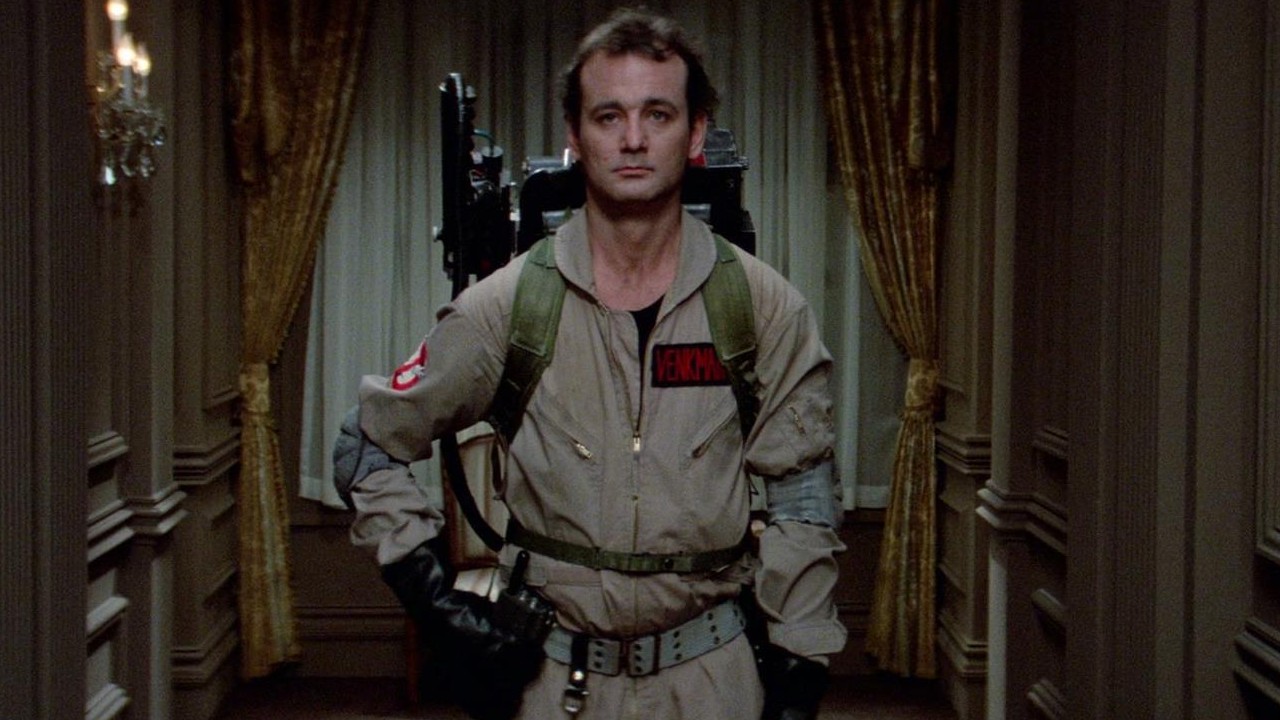
Bill Murray And Eddie Murphy Were Offered The Role Of Eddie Valiant
When performing in character on the set of Who Framed Roger Rabbit, Charles Fleischer spent a lot of time with his co-star, the late Bob Hoskins - who was actually not the first choice for the role of drunken 1940s gumshoe Eddie Valiant.
One of the first actors considered for the role was Bill Murray, who regretfully missed out on the opportunity by simply not picking up the phone when Disney first tried to reach the Ghostbusters cast member, according to Robert Schnakenberg’s The Big Bad Book of Bill Murray (via National Post). Another casting hopeful was Eddie Murphy, who expressed his regret over directly turning down the role during a revealing appearance on The Tonight Show Starring Jimmy Fallon in December 2019.
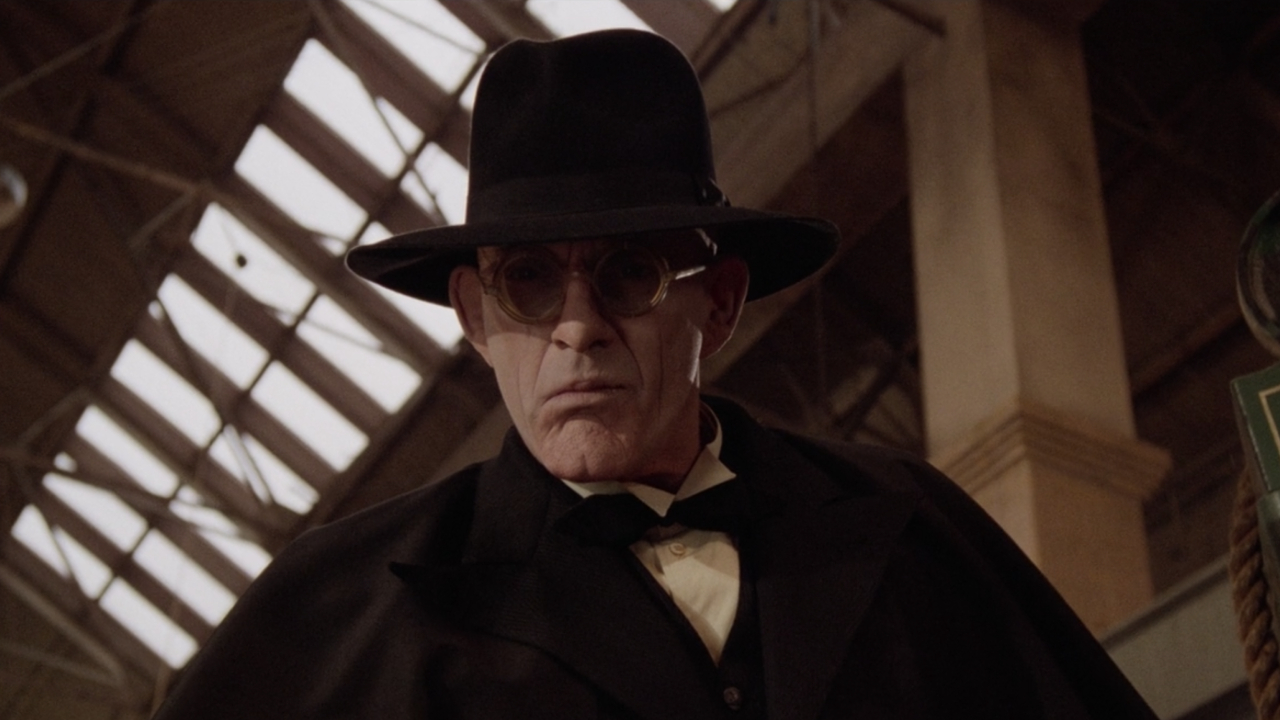
Christopher Lloyd Avoided Blinking While Filming Who Framed Roger Rabbit
However, perhaps the real MVP of the (mostly) live action Who Framed Roger Rabbit cast is Christopher Lloyd, who went unnecessarily (but admirably) far with his performance as Judge Doom - who not only turns out to be the one who framed Roger Rabbit, but is really the Toon who killed Eddie’s brother in disguise. In 2020, the Back to the Future cast member revealed in the following quote from a Twitter video during a Disney+ Q&A why he decided to abstain from blinking when portraying the odd and sinister character:
I just felt a toon doesn’t have to blink their eyes to remoisten their eyeballs. They’re not human, so I just felt Judge Doom should never blink. It makes him even more ominous, more scary, if he’s just looking like that. It wasn’t really difficult, I’d just keep my eyes open as long as I could, try to time it out with the next take and all that. It was cool. I just like to find little things that make him even more evil, and that was that.
I’ll be keeping my own eyes peeled for Judge Doom’s unbroken stare next time I sit down to watch this instant classic - which is kind of a funny thing to call Who Framed Roger Rabbit when you consider the early receptions for the film.
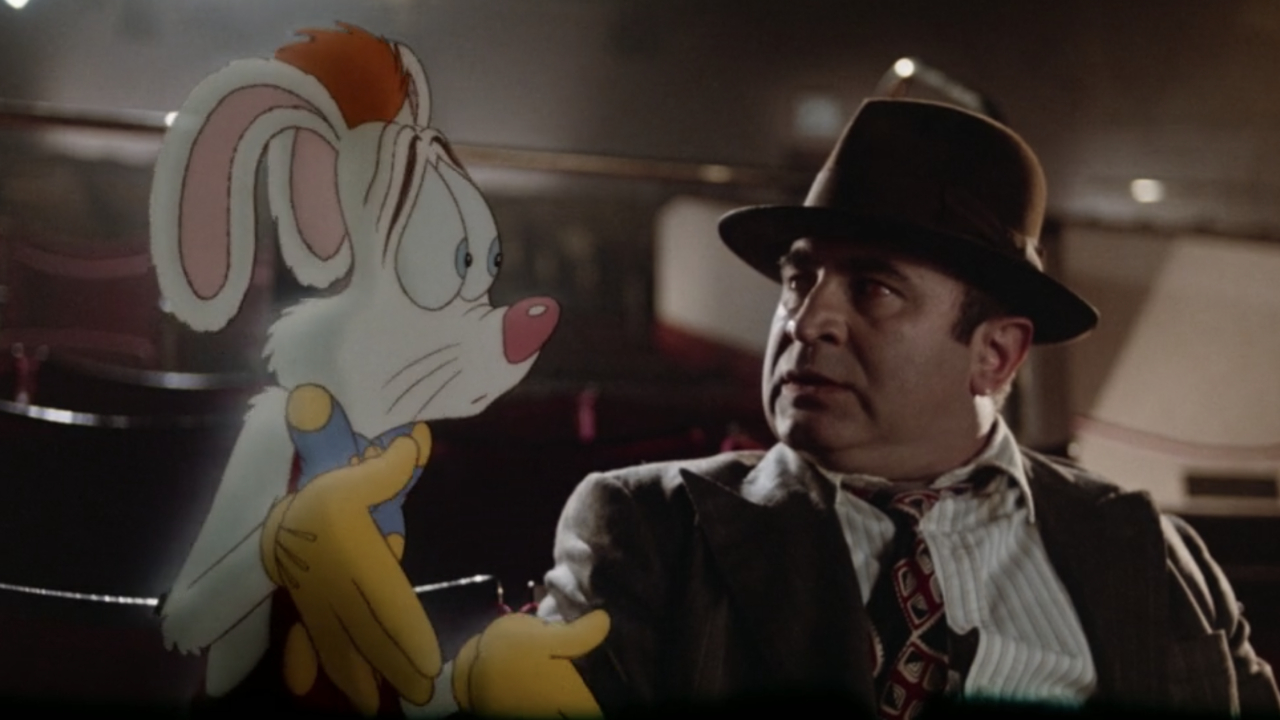
Test Screenings For Roger Rabbit Did Not Go Well
Disney set up screenings of an unfinished cut of Who Framed Roger Rabbit for test audiences that, as Visual Effects Supervisor Ken Ralston says on Behind the Ears, consisted mainly of 17-18-year-olds who were walking out during the fully animated opening sequence. Robert Zemeckis then adds that Disney chairman Jeffrey Katzenberg told him that he “saw [his] life flash before [his] eyes” in response, but that did not discourage the future Academy Award-winning director (who had final cut on the picture) from leaving the film be and not changing a thing.
Robert Zemeckis’ belief in Who Framed Roger Rabbit’s potential for success certainly paid off, resulting in a worldwide gross of more than $300 million on a $70 million budget, and Oscars for film editing, sound editing, and visual effects. Well, that’s all folks!

Jason Wiese writes feature stories for CinemaBlend. His occupation results from years dreaming of a filmmaking career, settling on a "professional film fan" career, studying journalism at Lindenwood University in St. Charles, MO (where he served as Culture Editor for its student-run print and online publications), and a brief stint of reviewing movies for fun. He would later continue that side-hustle of film criticism on TikTok (@wiesewisdom), where he posts videos on a semi-weekly basis. Look for his name in almost any article about Batman.
